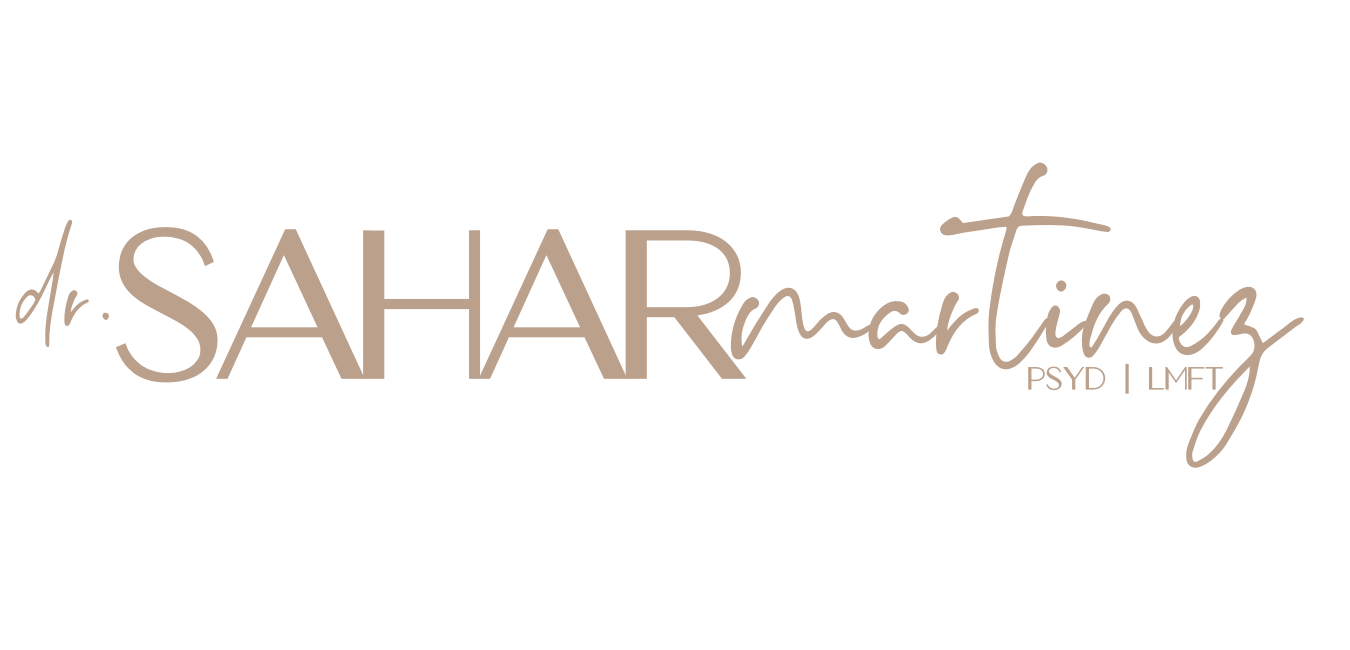Good Faith Estimate & The No Surprises Act
The No Surprises Act is part of a legislative package passed in December 2020. Its primary goal is to ensure patients understand the costs of their healthcare services ahead of time, thereby reducing the likelihood of being surprised by a massive bill from their provider. While the law itself has been around for nearly a year, many of the rules implementing the law have only recently been finalized (and more are yet to come). This means that there are some actions providers need to begin taking before January 1, 2022 (the effective date for the existing rules). The documents contained within this section is our best effort at informing our clients about the No Surprises Act and the resulting Good Faith Estimate rule for expected costs of services rendered.
The No Surprises Act was aimed at targeting a predatory practice known as balance billing, where a provider that is not in-network with a patient’s insurance plan would charge the patient the difference between the provider’s cash-pay rate and any payments from the patient’s insurer. For example, if a provider normally charges $200 for a service and a patient has out-of-network coverage of 50%, the patient’s insurance company would pay $100 to the provider and then the provider would bill the patient for the remaining $100. Insurance benefits are often hard to understand, and the patient may not have known what they would owe. The No Surprises Act also requires notice to, and consent from, the patient to receive services from an out-of-network provider at an in-network facility. Sometimes providers at a larger facility, like a hospital or physician group, may not have a contract with a patient’s insurance plan even though the facility does. One common example is a scheduled surgery. The patient may choose a surgeon and a hospital that is in-network with their insurance plan to reduce their out-of-pocket costs. At the time of surgery, the anesthesiologist (whom the patient does not get to choose) is not participating in their insurance plan. When the patient receives the bill for services, they would see their expected co-pay for the surgeon and the facility and potentially a massive, unexpected charge for the anesthesiologist’s services. While the spirit of the law does a great service to eliminate the primary source of medical debt in this country, the net was cast too widely upon implementation, and private practice therapists and providers were included in its formulation. As such, we have to comply with the law in the best way possible even though we are not providing emergency or non-transparent service fees.
There are many new rules to follow when it comes to billing a patient for out-of-network services. Among these new rules is also the opportunity for a patient to appeal medical bills if they feel the rules were not followed. If a bill is significantly larger than what the patient was led to expect, they can appeal to a third party that will work with the patient and provider to determine what the final cost will be. As such, we have worked within the spirit of the law to comply with the main provisions including timely notification and Good Faith Estimate of total cost of treatment. It is important to know that it is nearly impossible to predict how long the total course of therapy will be, but we are going to do our best to eliminate any surprise costs by sharing the MAXIMUM out of pocket costs that could be accrued in a total year of service. This estimate embodies the spirit of the law, but individual experiences will likely vary with regard to treatment length and costs. Please discuss your costs and treatment with your provider as needed.
The attached documents represent the official notices of the No Surprises Act from the Department of Health and Human Services for your review.
At the time of scheduling an appointment, you will need to clarify if you have any form of public or private insurance and whether or not you intend to use this insurance for your services. You will also need to inform The Process if you plan to use your Out of Network Benefits for services to assist us in formulating your Good Faith Estimate. At the time of the implementation of this law, the Good Faith Estimate only applies to patients who DO NOT have or wish to use insurance benefits for services in any way.
If you do not have, or are not using, in-network insurance benefits, you will receive a Good Faith Estimate form from your provider. The Good Faith Estimate will include ongoing services for up to 12 months, or 52 total scheduled sessions. This document will be reviewed and updated annually or when there are significant changes in treatment plans.
Please review your Good Faith Estimate at the time of your first appointment and discuss any questions or concerns you may have with your provider directly.
